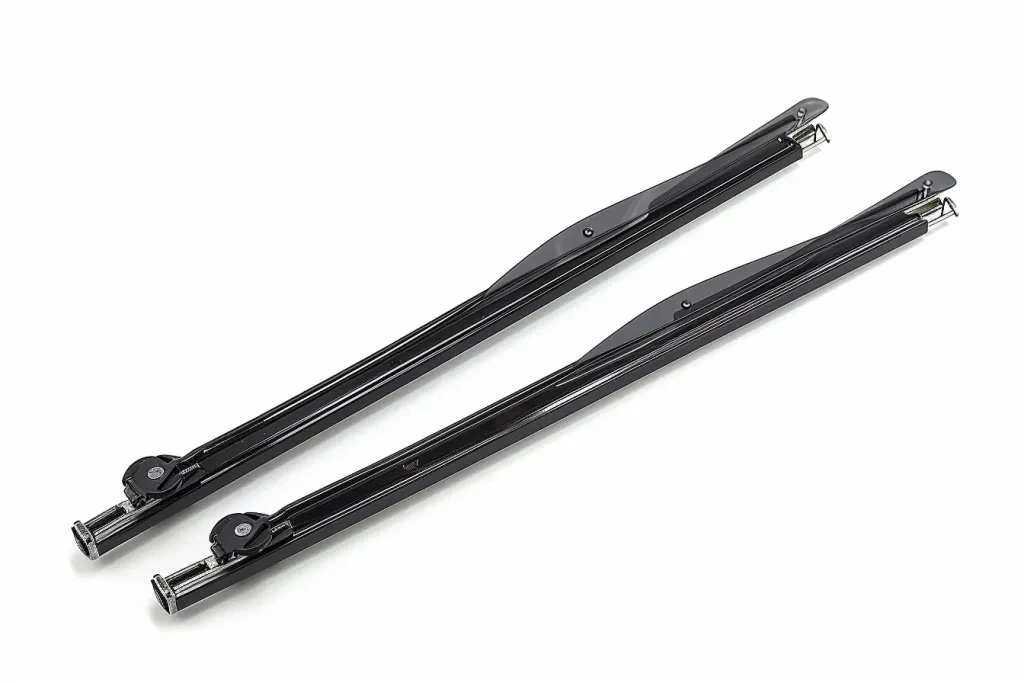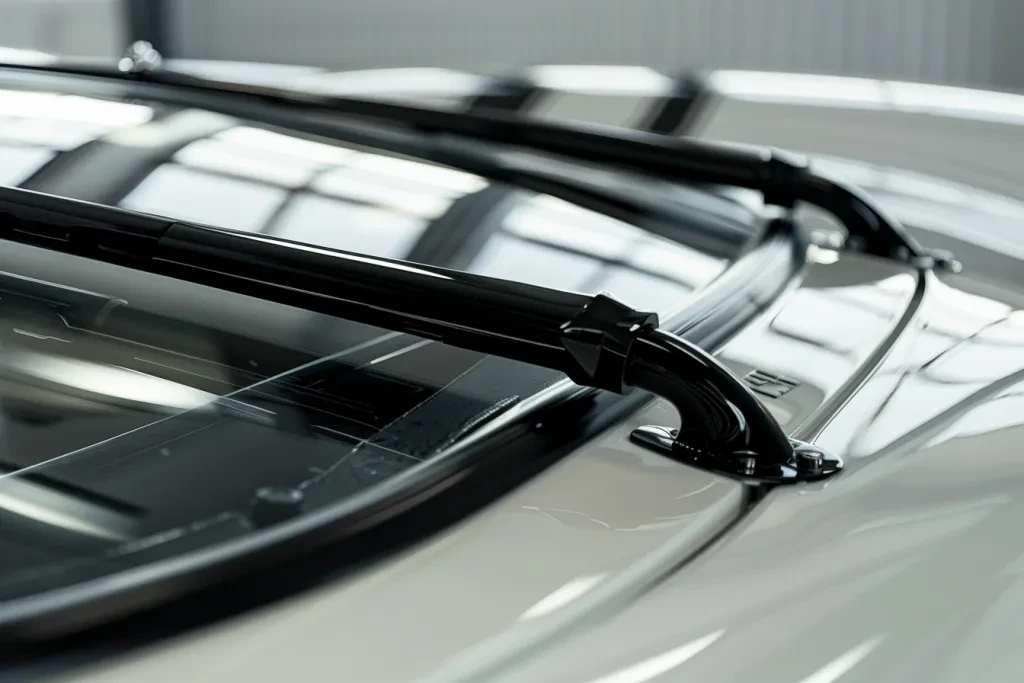Windshield wipers are crucial for maintaining visibility during adverse weather conditions. Over time, wipers become worn and less effective, necessitating replacement. This article demystifies the process of replacing windshield wipers, breaking it down into manageable steps. Whether you’re a seasoned driver or new to vehicle maintenance, this guide ensures you can undertake this task with confidence.
Table of Contents:
– Understanding when to replace windshield wipers
– Selecting the right windshield wipers for your vehicle
– Preparing to replace your windshield wipers
– Step-by-step guide to replacing windshield wipers
– Maintenance tips for new windshield wipers
Understanding when to replace windshield wipers

Windshield wipers are often overlooked until they fail to perform during a downpour. Recognizing the signs of wear is crucial. Streaking, squeaking, and skipping across the windshield are clear indicators. Additionally, physical inspection can reveal cracked, split, or broken rubber. Experts recommend replacing wipers every 6 to 12 months, depending on usage and environmental factors.
Selecting the right windshield wipers for your vehicle

Choosing the correct wipers is paramount. Wipers vary by size, type, and attachment mechanism. Consult your vehicle’s owner manual or measure your current wipers to ensure compatibility. Understanding the differences between conventional, beam, and hybrid blades can also influence your decision, as each offers distinct advantages in terms of durability and performance.
Preparing to replace your windshield wipers

Before starting, ensure your vehicle is parked in a safe location and the ignition is off. Lift the wiper arm away from the windshield, being careful as it is spring-loaded and can snap back. Inspecting the wiper attachment will provide insight into the removal process. Common types include a small tab, a button, or a pin that needs to be pressed or pulled to release the wiper blade.
Step-by-step guide to replacing windshield wipers

- Removal: Start by lifting the wiper arm away from the windshield. Locate the attachment mechanism and release the old wiper blade. Some models require pressing a tab or button, while others might need a small tool to remove a pin.
- Attachment: With the old wiper removed, align the new wiper blade with the arm. Ensure the new blade’s attachment matches the arm’s connector. Gently push the blade into place until you hear a click, indicating it’s securely attached.
- Testing: Lower the wiper arms back to the windshield. Turn on your vehicle and test the wipers to ensure they’re working correctly. Look for smooth operation without streaks or noises.
Maintenance tips for new windshield wipers

To extend the life of your new windshield wipers, regular maintenance is key. Clean your windshield and wiper blades with a soft cloth and windshield cleaner regularly. Avoid using wipers on a dry windshield, as this can cause premature wear. During winter months, remove ice and snow from the windshield before using your wipers to prevent damage.
Conclusion:
Replacing windshield wipers is a straightforward task that can significantly improve driving safety. By understanding when to replace wipers, selecting the right type for your vehicle, and following a step-by-step guide, you can ensure clear visibility in all weather conditions. Regular maintenance will extend the life of your new wipers, keeping your windshield clear and your journeys safe.



